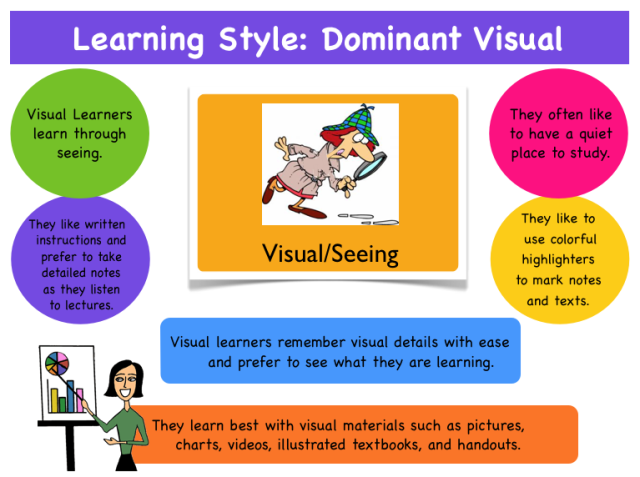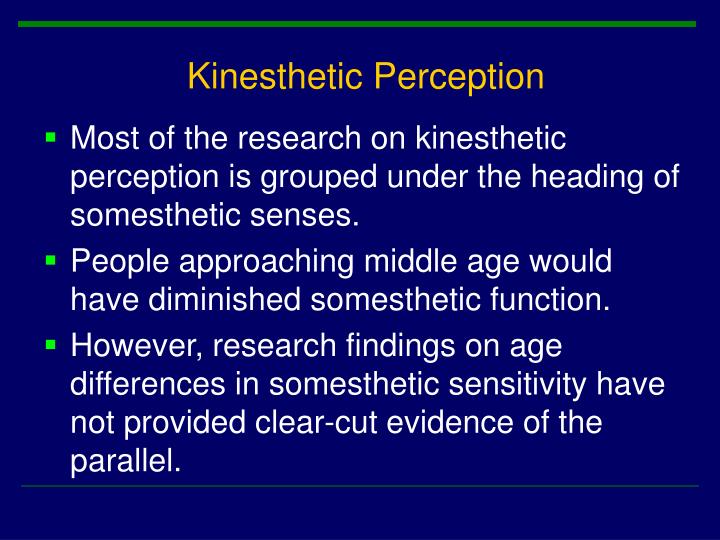

The use of tools and instruments are learning materials for kinesthetic learners is a good way to get them to participate during practical class activities especially in subjects that are more practical based. Because they are into practical learning, they would require tools and instruments to practice better.

They enjoy the use of toolsīecause kinesthetic learners are more physical, they often learn better with the use of tools and learning instruments. Hands-on class activities are one of the best ways to get the attention of kinesthetic learners. This occurs a lot in class lectures where the teacher is the only one talking and the students are less busy. So when there is a physical distraction, they tend to lose their concentration. This is because their brains are mostly conditioned to act physically to things around them. Learners can easily lose their focus when a lecture is going on. You can also find kinesthetic learners in the workplace doing well during on-the-job training and internships. Video materials, class presentations as well as live case scenarios help them retain better. This means that they easily recall things that they have done. People tend to remember physical activities and procedures better than just reading them. They love field trips since they are able to move around. They are often very active in science laboratories and art studios where they can easily express themselves. Moving around helps them to learn because it involves their bodies. In addition, they enjoy physically demanding activities and practical sessions. They learn with the whole of their senses and bodies. They do not perform better when they are restricted in the classroom setting. Kinesthetic learners enjoy the freedom of moving around. This makes them understand the information they are trying to learn. You can also find them using their hands to trace the words from a reading material as they try to read out loud. They rarely stay on a particular spot for a long time while speaking and they always make use of their hands to prove a point. One of the best ways to identify a kinesthetic learner is the use of gestures while speaking. Here are the characteristics to identify a kinesthetic learner. You may even assume that there is a possibility that you are one.
#Kinesthetic perception definition how to
You might wonder how to discover if your students are kinesthetic learners. He noted that kinesthetic learners share the same traits with tactile learners because of their love for hands-on projects and experiments. This model stands for visual, aural, read/write, and kinesthetic. Other early scholars had discovered the types of learning in the past but Neil Fleming, a New Zealand psychologist, created a model that is popularly known today as the VARK MODEL. In his book titled “The Theory of Multiple Intelligences” in 1983, Howard Gardner described physical activities as part of kinesthetic learning. SEE: Why Is In-Person Learning Better Than Online History Of The Kinesthetic Learning Concept Finally, this set of learners prefers to be in the science laboratory or art studio than to be in a lecture setting. They also have a certain love for physical routines and procedures and they thrive in sports and extracurricular activities.įurthermore, this learning type is more favorable to those who love to do rather than listeners. Kinesthetic learners are generally known to have the ability to respond swiftly and they retain better.

This means kinesthetic learners are partially visual and auditory learners because the whole body is involved in the learning process. In other words, the use of practical and real-life situations, videos, simulations, presentations, field trips, outdoor events helps kinesthetic learning to go smoothly. Kinesthetic learning is more effective when visual images and materials are available. Such learners tend to tap their pens on desks or move their feet subconsciously while learning. It means you have to make physical contact with the learning materials.įor example, you could identify a kinesthetic learner when he is pacing back and forth while trying to read a piece of information. Kinesthetic learning can be defined as a learning style that requires your physical body to process new information. Conclusion Definition Of Kinesthetic Learning


 0 kommentar(er)
0 kommentar(er)
